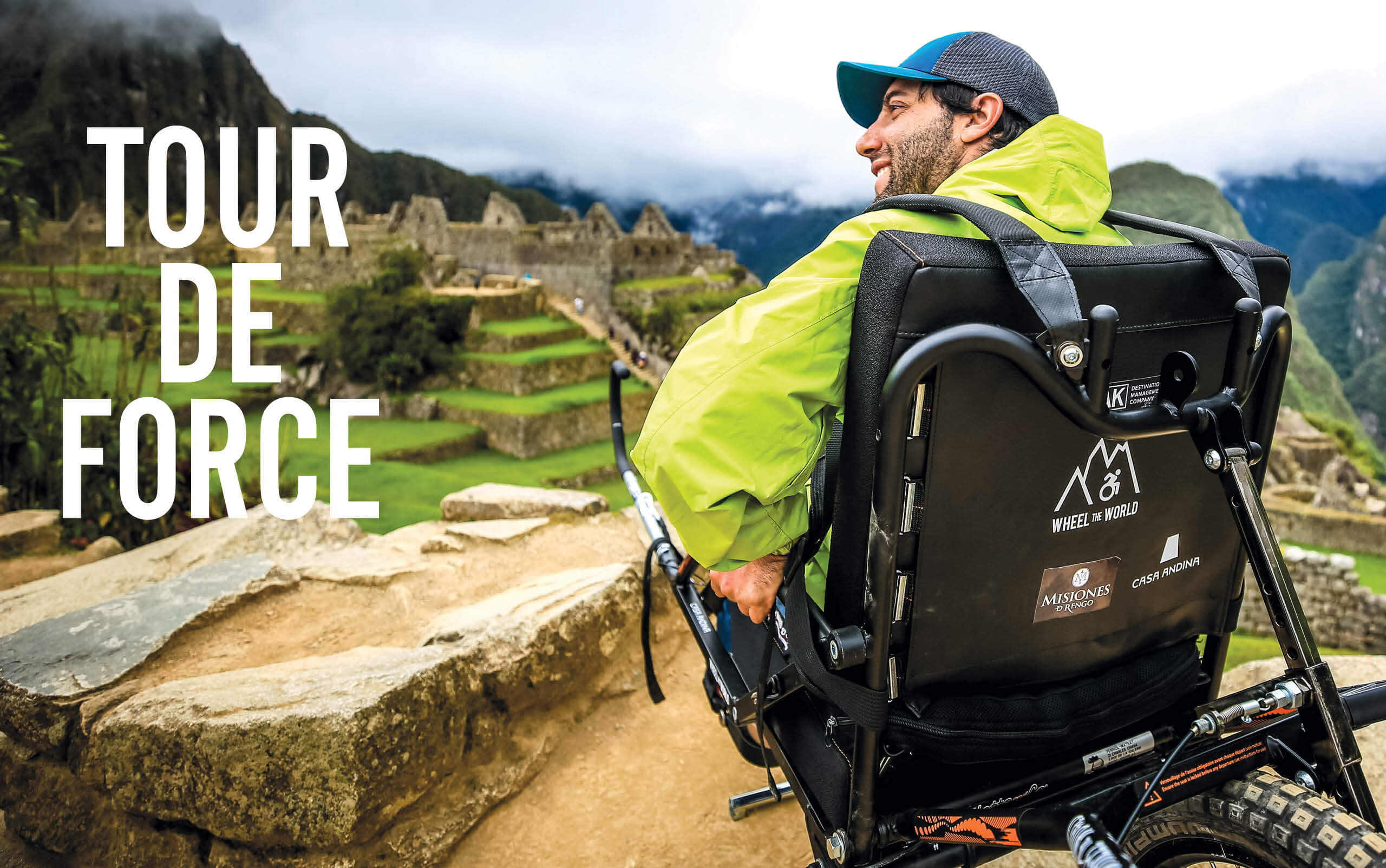Alvaro Silberstein, MBA 17, helps those with disabilities navigate the world.
Back when Alvaro Silberstein was a teenager who surfed, snowboarded, and played on Chile’s under-19 national rugby team, he sometimes imagined a scenario in which he might need a wheelchair. “I was involved in sports where those kinds of injuries happened,” says Silberstein, “so I did consider the possibility. I loved being outside in nature, and I always told myself that if I faced the kind of mobility challenges that meant I couldn’t go on big outdoor recreational adventures, I would prefer to die.”
Then the worst actually happened. When he was 18, Silberstein was struck by a drunk driver and left fully paralyzed from the chest down and partially paralyzed in his arms and hands. Since that day, he hasn’t just continued to undertake physically arduous adventures in remote locations around the world, he’s also co-founded a company, Wheel the World, that makes it possible for travelers with disabilities and their families to follow in his wheelchair tracks—and forge their own new trails. “We’re trying to change perceptions around disabilities and push the boundaries of what’s possible,” says Silberstein.
The idea for the company was born from an ambitious trek in Patagonia that Silberstein took in 2016, while still a student at Haas. His dream had always been to visit the rugged Torres del Paine National Park in Chile and traverse its iconic five-day W Trek.
“My friends and family in Chile had been there, but I assumed it was impossible for me,” says Silberstein. “But after my experience in California, where I was amazed that I could visit places like Yosemite, Big Sur, and the redwoods, I said, ‘OK, let’s figure it out.’”
Dream trip
Together with his childhood friend and Wheel the World co-founder, Camilo Navarro Bustos, Silberstein began organizing a trip and fundraising to purchase a specially adapted wheelchair built to handle rough terrain with the help of a team. That’s when the two men realized they had a unique opportunity: they could make the chair permanently available in Patagonia to other adventurers with physical limitations. “We had the chance to not only impact my life and fulfill my dream to visit Patagonia,” Silberstein says, “but to open this path to others.”
In April 2016, together with a film crew and a team of twelve—including experienced mountaineers, disabilities experts, and a physical therapist specializing in spinal cord injuries—who pushed and pulled the chair along the arduous 50-mile route, Silberstein completed the W circuit, arriving at the Mirador Base de las Torres as a national hero in Chile.
Before Silberstein even made it back to the airport, there was already an inquiry about using the adapted wheelchair for a 14-year-old boy who had refractory epilepsy and who was later able to complete the trek as well. “The real aha moment was when other disabled people reached out to say, ‘I want to do that same trip,’” says Silberstein. “That really validated our decision to start Wheel the World.”
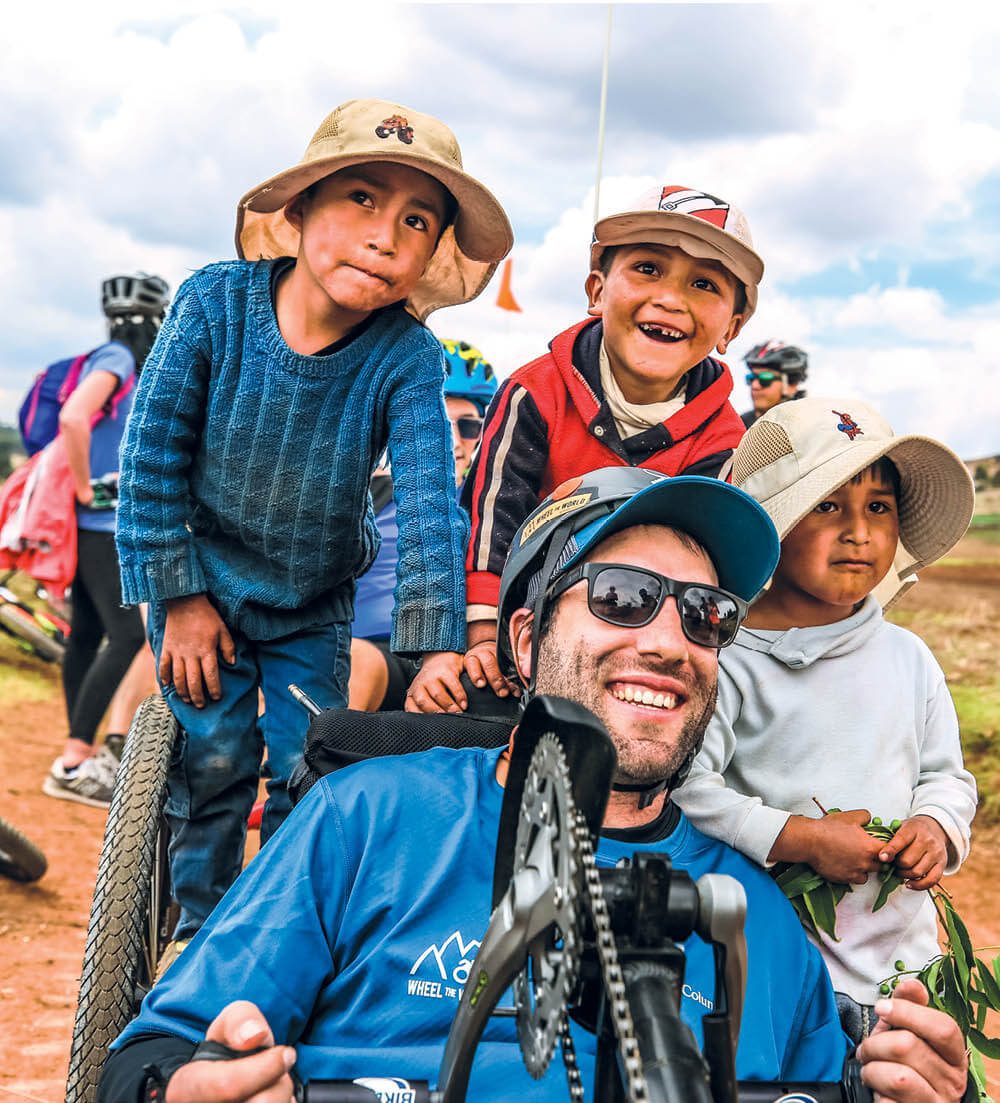
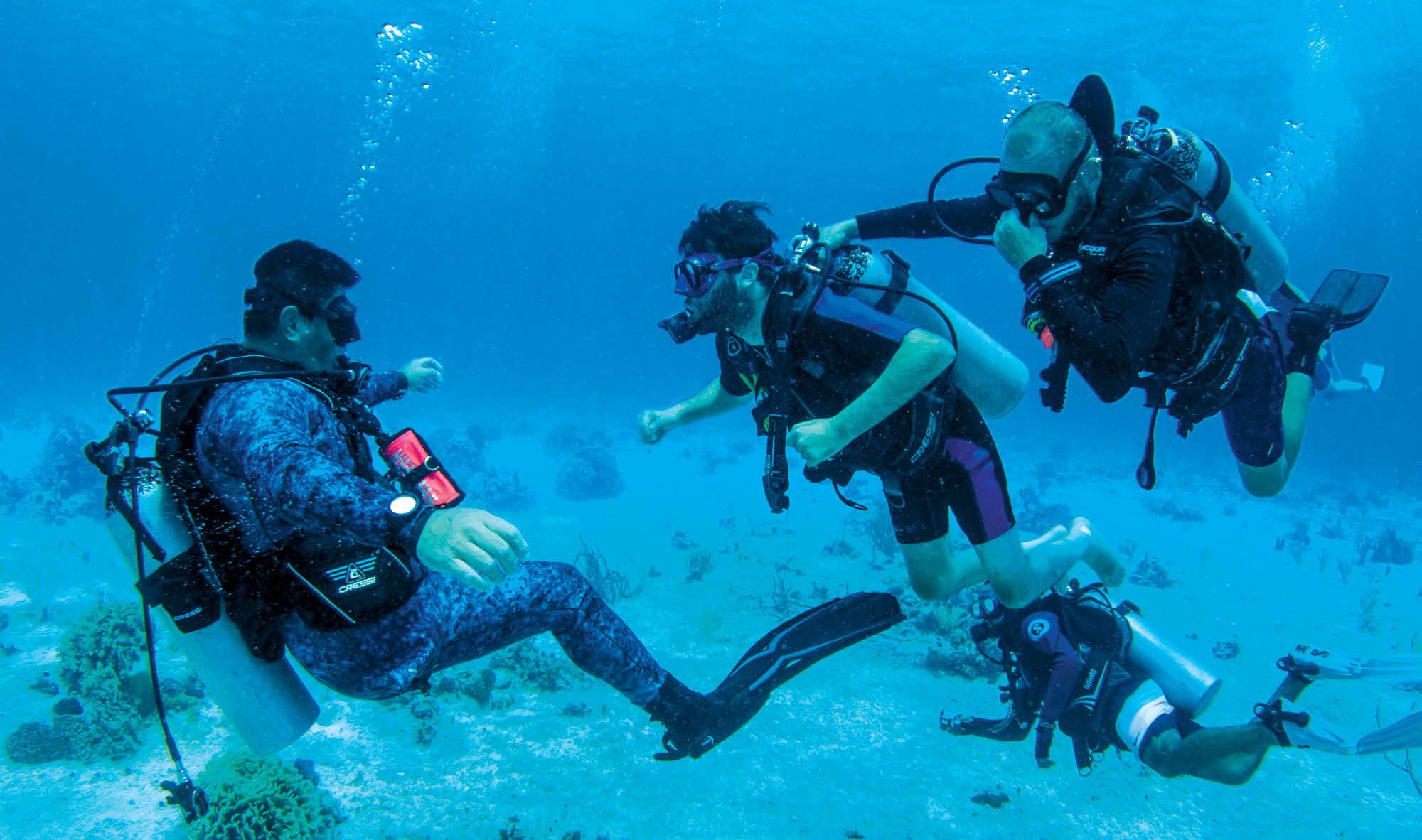
Expanded purpose
Today, Wheel The World has 28 employees from 10 different countries, working across the globe from Berkeley, California, to Santiago, Chile, to Lyon, France, and beyond. Initially the focus was on guided adventure travel like Silberstein’s Torres del Paine trip, but demand from travelers with disabilities for destinations closer to home caused the company to expand its remit. “Wheel the World is the Expedia of accessible travel,” says Silberstein. “You can book a hotel in New York City, but you can also book a five-day trip to Easter Island.” Travelers book through GoWheelTheWorld.com, and the company generates revenue like any other online travel agency.
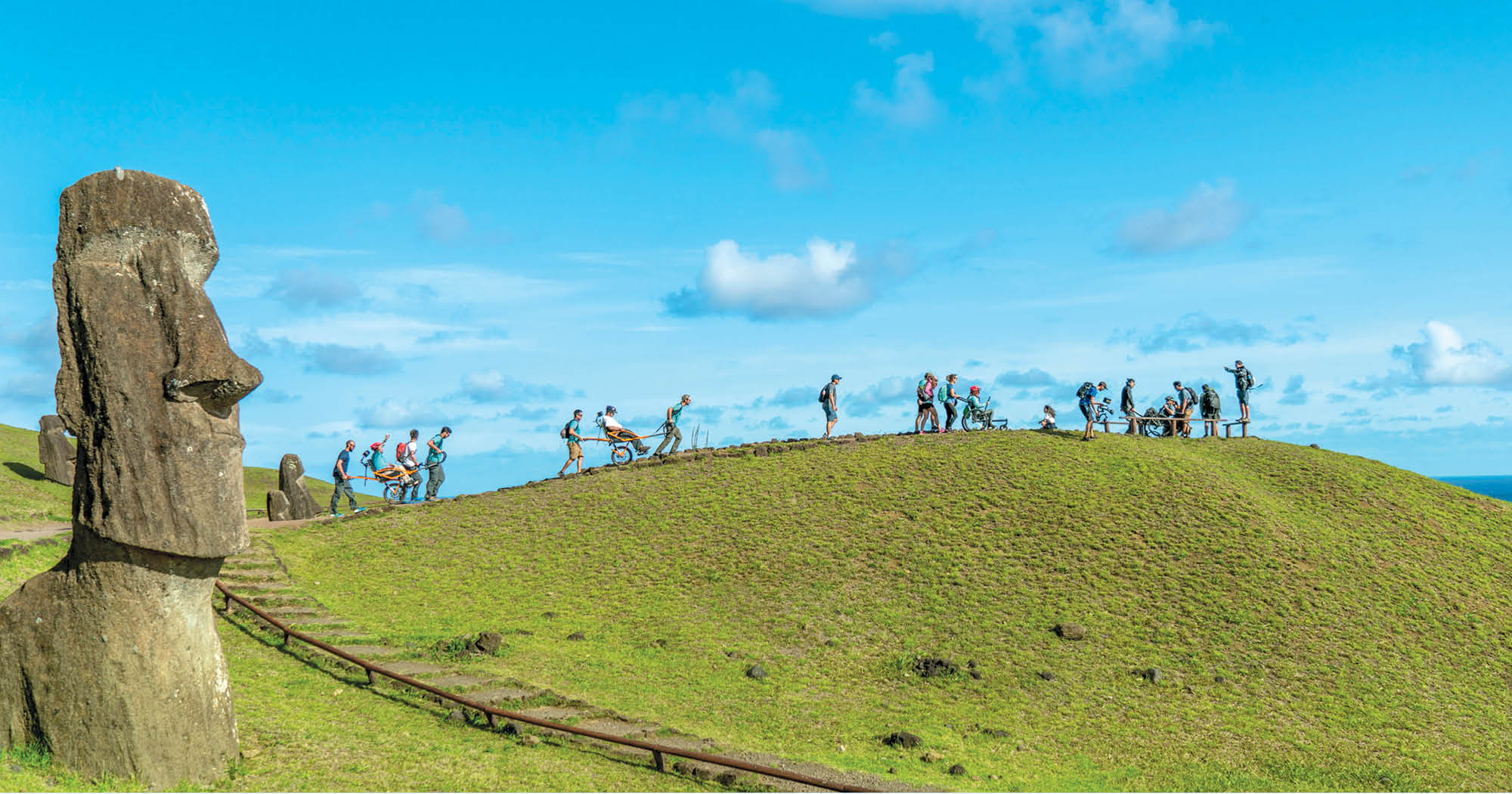
One reason travelers with disabilities appreciate WTW is the granular detail the company provides on accommodations—not just whether a hotel or an experience is standards-compliant. “In the U.S.,” explains Silberstein, “standard ADA-compliant bed height is something like 80 centimeters, because many in the U.S. use power wheelchairs that are relatively tall. In Spain, however, a standards-compliant bed is only 40 centimeters high, because the majority of users there are in lower, manual chairs.”
That’s why WTW listings include exact measurements for bed heights and bathroom door widths, availability of ramps and elevators, hearing disability guidance, and more. The listings are developed with the help of volunteer “mappers” who take measurements and photos of hotel rooms and facilities. The detail enables travelers with disbilities and their companions to enjoy their vacations without the anxiety of unexpected access issues—in other words, to have a trip exactly like those that able-bodied travelers take for granted.
Silberstein says that hotel and tour operators are eager to work with WTW to learn how to make their properties and experiences more inviting for the disabled community. In part it’s because the market for accessible travel encompasses so much more than just the estimated 15% of the world’s population that has a disability—it also includes their travel companions as well as aging travelers who may need special accommodations. Half the customers booking travel via WTW are the able-bodied companions or family members of a traveler with a disability, Silberstein says. “We like to say that the disabled are the only minority that isn’t actually a minority.”
WTW offers a free online course around accessibility for travel professionals, enabling destinations and hotels to become a certified WTW partner. “We will achieve total inclusion when we make businesses realize that if they build customer experiences that are well-designed for people with disabilities, it’s a good opportunity for them, too,” says Silberstein.
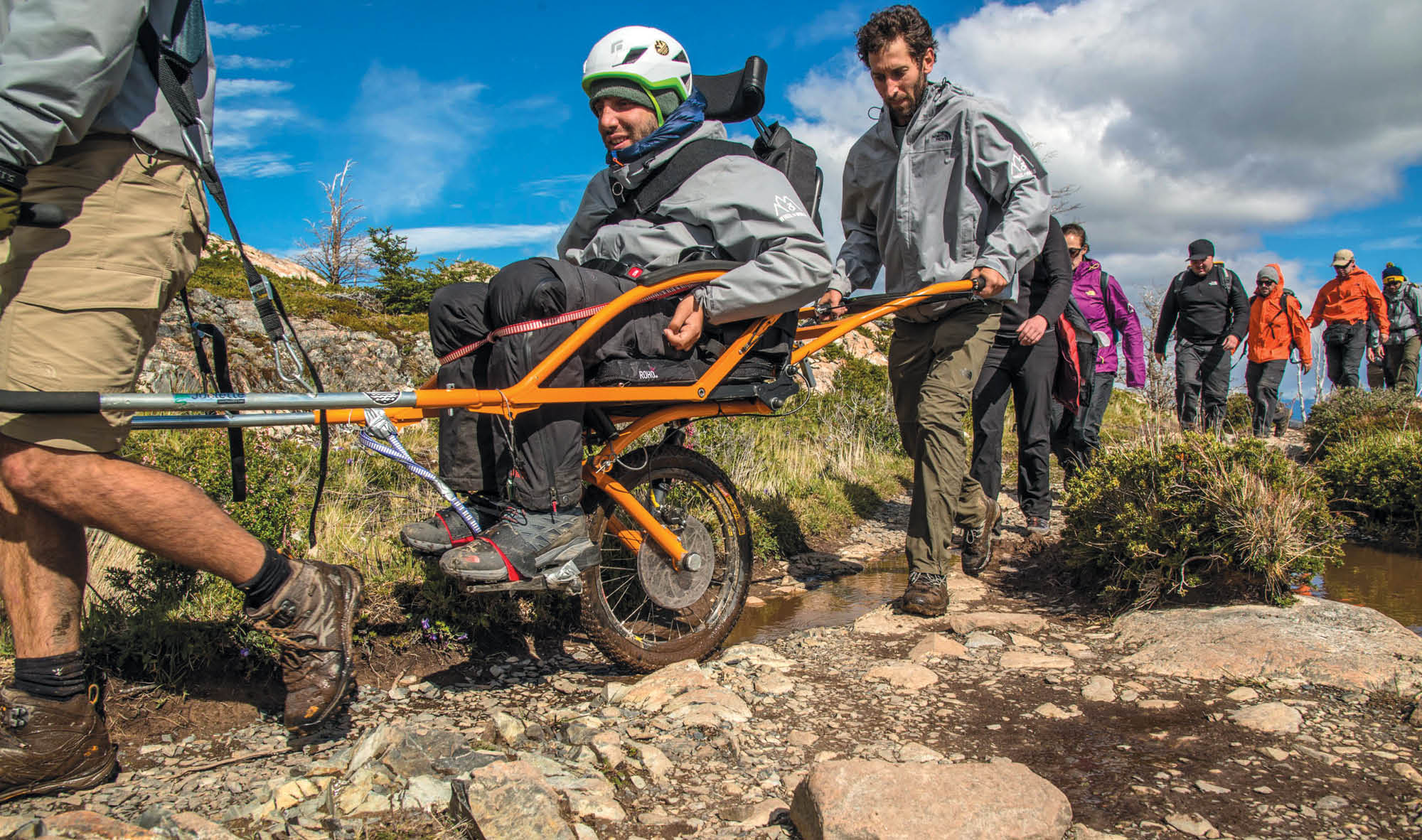
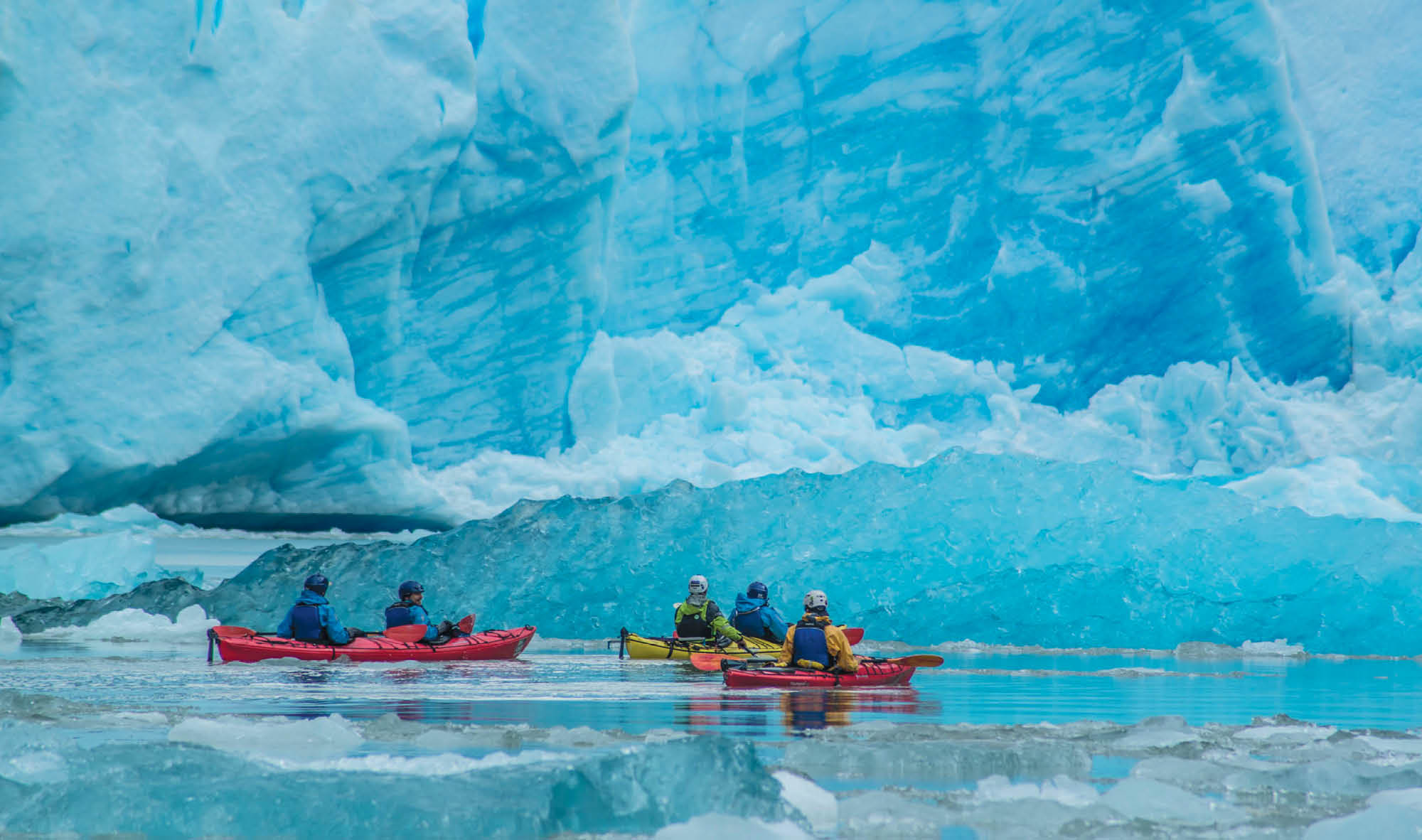
Sense of urgency
WTW’s pre-pandemic growth certainly reflected that market potential, with the company roaring from a record 2019 into January 2020 with a new round of funding and a long list of projects to undertake. Then came COVID, and its universal beatdown to the travel industry. “The pandemic was a disaster for the goals we had set,” says Silberstein. “So we focused on what was in our control: developing systems and technologies to accommodate our growth once the pandemic was over and building more partnerships with operators and hotel chains around the world.”
That pivot paid off. In 2021, despite continued challenges to the travel industry, WTW served five times the number of people it did in 2019. Silberstein plans to keep that momentum going. “In 2021, we impacted around 1,000 people; we want to make that 5,000 travelers by end of 2022,” he says. To do that, WTW plans to expand to 45 employees and to increase the number of “products” (i.e., WTW-accredited hotels or tours) from 600 to 9,000 within the next two years. The company recently closed a $5 million Series A funding round, including backing from the former Booking.com team, which should help make those ambitious growth targets possible.

The very success of WTW contributes to Silberstein’s sense of urgency. “We recently heard from someone whose boyfriend had both legs amputated six months earlier and who was finally feeling ready to look at travel experiences again,” he says. “She went on our platform to research accessible destinations in Denver, which we don’t cover yet. But she thanked us for leading the way, because it had been difficult to find useful resources for planning.”
Like so many stymied travelers during the past two years, Silberstein has been making plans for his own post-pandemic excursions. “I have been so focused on work for the past two years, but I really want to do a trip to Machu Picchu and the Amazon with an operator we have in Peru,” says Silberstein. “We also have an experience in Lake Titicaca in Peru, where you row in Polynesian kayaks to different small towns around the lake. I had planned to do that with my three older brothers in 2020, and we had to postpone. But now we are looking forward to completing it in 2022.”
Thinking back to the young man who believed death would be preferable to life in a wheelchair, Silberstein is philosophical. “If I could go back to my younger self,” says Silberstein, “I would tell him this: Your life will look very different from what you expect—and maybe that feels like bad news to you. But even if it takes time, you’ll be able to overcome every challenge that you’ll face.”
